How did rationing work in the Second World War?
Few items are more symbolic of life on the home-front during World War II than ration books. This is because rationing people of all ages across all walks of British life. It changed the food we cooked, the ways we travelled, and the clothes we wore.
In this blog, learn about wartime rationing in Britain. We explore how rationing worked, what was rationed, and how British farming and agriculture changed in response to the devastation of World War II.
The outbreak of war, and the need for rationing
At the start of the Second World War, there was a real fear that the British people would run out of food. In 1939, we were importing 55 million tonnes of our food each year from across the globe. As German submarines took to the seas and torpedoed supply ships, the trade routes we relied on were no longer safe, and it was no longer guaranteed that these these imports would safely reach British ports.
Understandably, the people panicked. If there were low stores of food, scarcity could lead to food hoarding, soaring food prices, and the risk that many people would go without and suffer.
To alleviate this, Britain’s wartime government began devising and researching a system of rationing, to ensure that there would continue to be enough food for everyone.
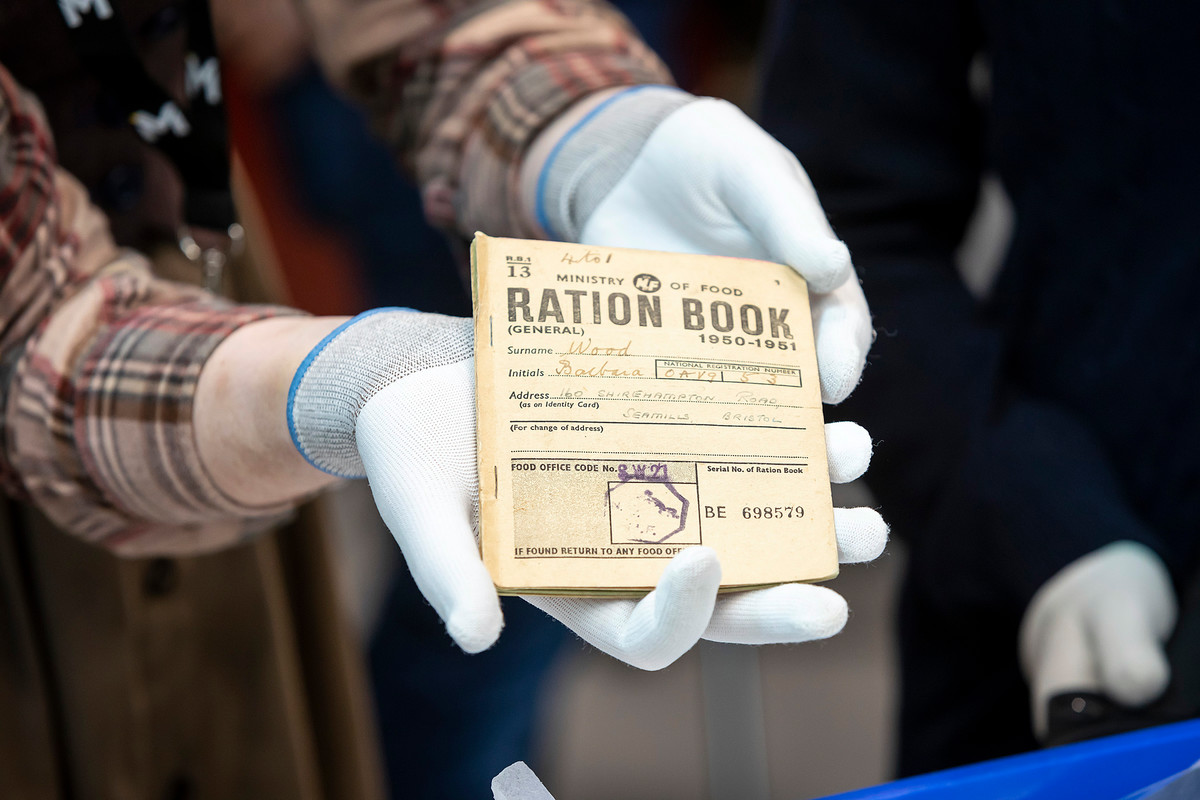
Creating a balanced rationed diet
Say Britain did lose access to those 55 million tonnes of imported food. What then? Could we survive on British-grown produce alone?
These questions formed the heart of top-secret research undertaken by scientists at the University of Cambridge: Elsie Widdowson, Robert McCance, and Frank Engledow (Drapers Professor of Agriculture). The researchers wanted to see whether they could create a diet of solely British-grown produce that would be sustainable on a national scale and healthy for each individual. Critically, this diet would have to be highly nutritious to meet the high energy needs of physically demanding wartime labour, whether on the farm or the factory floor.
To undertake the experiment, six volunteers were taken to Yorkshire and tasked with completing a range of physically-demanding activities (including hiking, cycling, and mountain climbing) on a strict diet of British-grown produce. With its range of landscapes, the Peak District and the Dales provided the perfect setting.
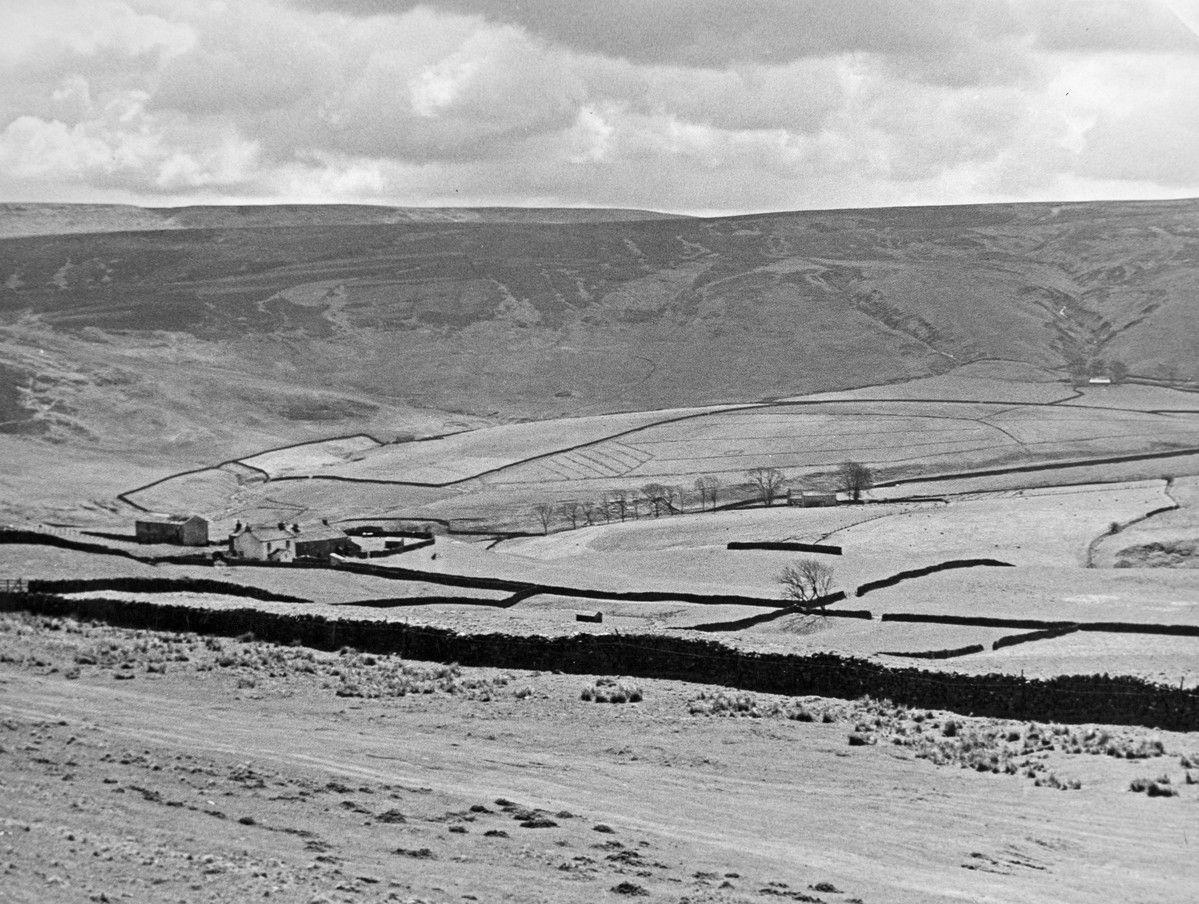
The scientists were delighted to find that their experiment was a success. The volunteers reported they felt full of energy as they completed the strenuous tasks, and experienced no detriment to their overall health. The only side effect they reported was an increase in flatulence! The results were circulated to the British government but they were kept under wraps until the end of the war. While the government’s rationing was less severe than the amounts used in the experiment, it was a relief to learn that the British people could still be ‘fighting fit’ regardless of the availability of imported food.
Ration coupons
In January 1940, every man, woman and child was issued with a ration book. These books contained coupons, which people could exchange for certain amounts of produce from different shops. Shoppers were given 16 coupons per month to spend on food items they wished. These could be traded and spent as follows:
Rice: 8 coupons
Sardines: 2 coupons
Sultanas: 8 coupons
Skimmed milk: 5 coupons
Currants: 16 coupons
Baked beans: 2 coupons
Biscuits (dry): 2 coupons
Biscuits (sweet): 4 coupons
Herrings: 2 coupons
Sultanas: 8 coupons
Stewed steak: 20 coupons
Rolled oats: 2 coupons
Sausage-meat: 12 coupons
Best Red Salmon: 32 coupons per small tin
Meat was the first thing to be rationed in March 1940, and more items were added to the list as the war progressed. People were strongly encouraged to grow their own fruit and vegetables, as made famous by the ‘Grow Your Own’ and ‘Dig for Victory’ campaigns, and keep livestock like chickens.
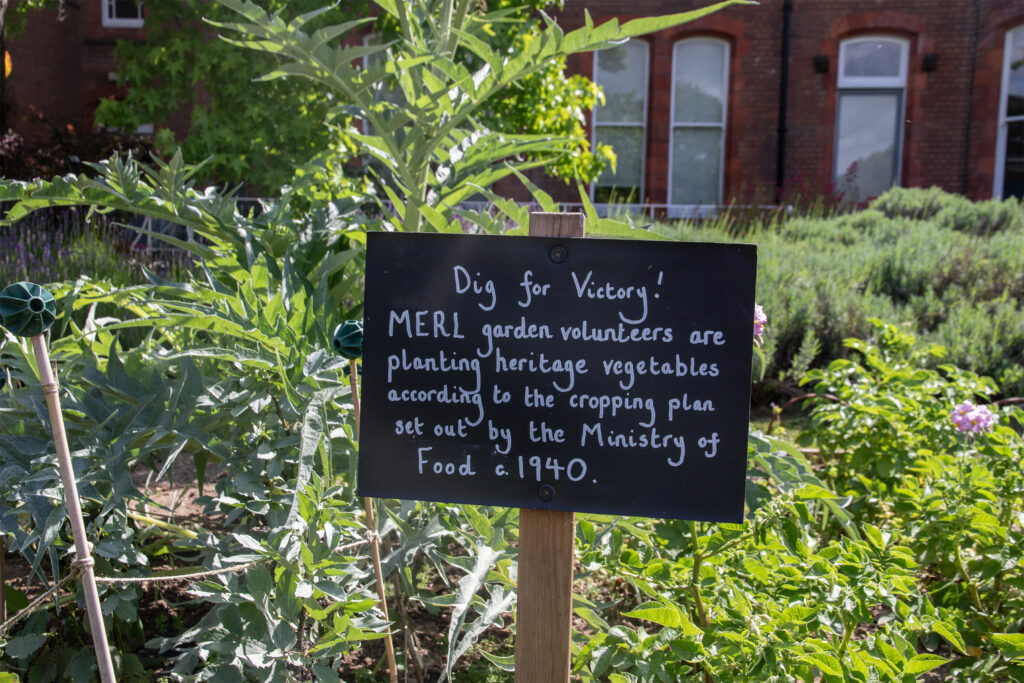
At the same time, each person was assigned a registered butcher and greengrocer, which meant that shopkeepers were able to anticipate the amounts of food they needed to supply each week. This minimised food waste (which continues to be a huge problem in the world today).
The different kinds of ration books
For food rations, brown ration books were the most common type, as they were used by most adults. Pregnant women, nursing mothers and children under five received green ration books, whilst blue ration books were issued to children between five and sixteen years old.
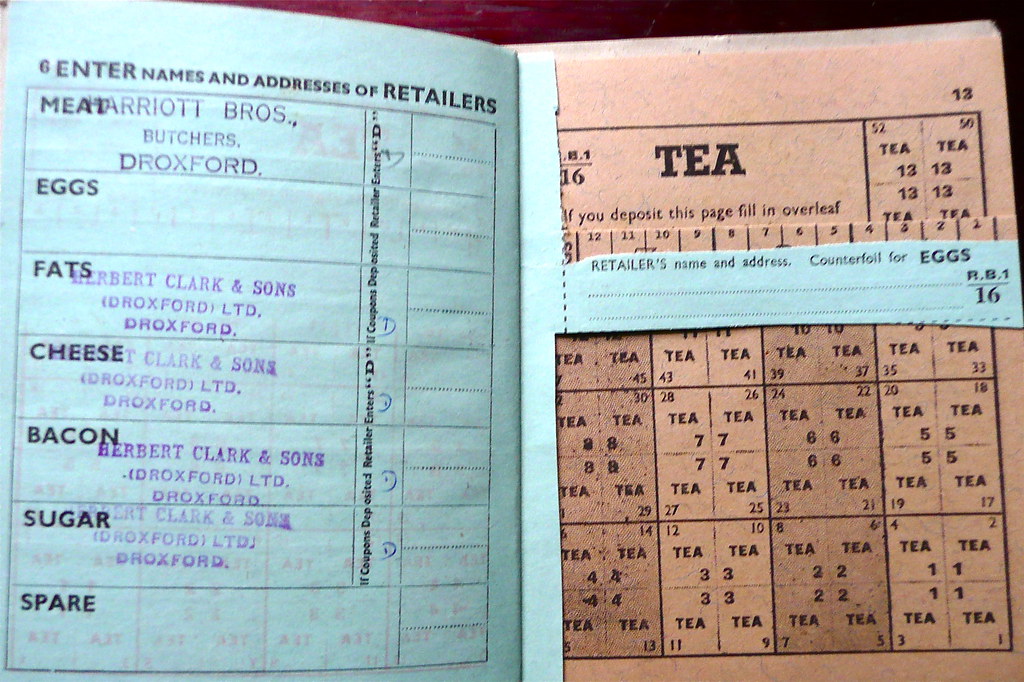
However, it wasn’t just food that was rationed in the Second World War. Materials and resources across day-to-day life needs to be carefully distributed to avoid shortages on the home front and accommodate the military needs of the war effort.
Small green books were used for petrol rations. To qualify for these, applicants would need to produce their car or motorcycle registration. The coupons were only valid for the period in which they were issued, so they could not be saved or hoarded. One coupon equated to one gallon of petrol.
Bright red ration books were for clothing rations. Clothes rationing came into effect from the 1st July 1941. Clothing was rationed so that raw materials were safeguarded for military use. It meant that factory space and workers could be put towards the war effort instead of making clothing. Only 24 coupons were issued every six months, with up to 100% purchase tax, meaning that you might end up paying double the price for a coat or dress! Children were permitted an extra ten coupons to accommodate for growing, but mothers were encouraged to plan ahead and buy clothes that kids could ‘grow into’.
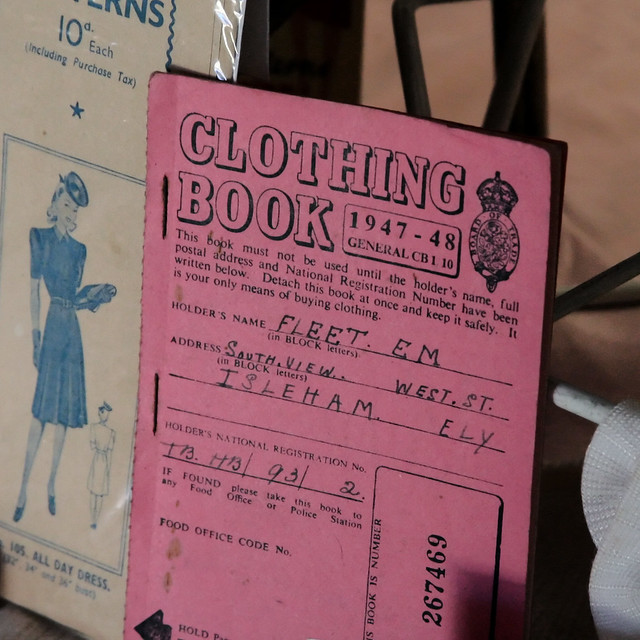
The impact of the war on farming
Agriculture saw a radical change during the Second World War. For many farmers, the focus became production. Even animal food was rationed to ensure that animals produced the best quality meat, milk, or eggs without being overfed.
Farmers were required to seek permission to slaughter animals to feed their families, as everything was on the ration. One rule, however, was that should an animal be injured, it could be slaughtered to reduce its suffering. According to one testimony, ‘many sheep and pigs during the war “fell down holes” and injured themselves. Especially round people’s birthdays!’1
As men enlisted in the Armed Forces in huge numbers, the Women’s Land Army saw women heading into the countryside to sustain the country’s food production. For many women, it was their first venture into rural England and offered both adventure and the chance to learn new skills. You can learn more about the Women’s Land Army across The MERL website, including Land Girls: the History of the Women’s Land Army and Breaking the Colour Bar: Amelia King and the Women’s Land Army.
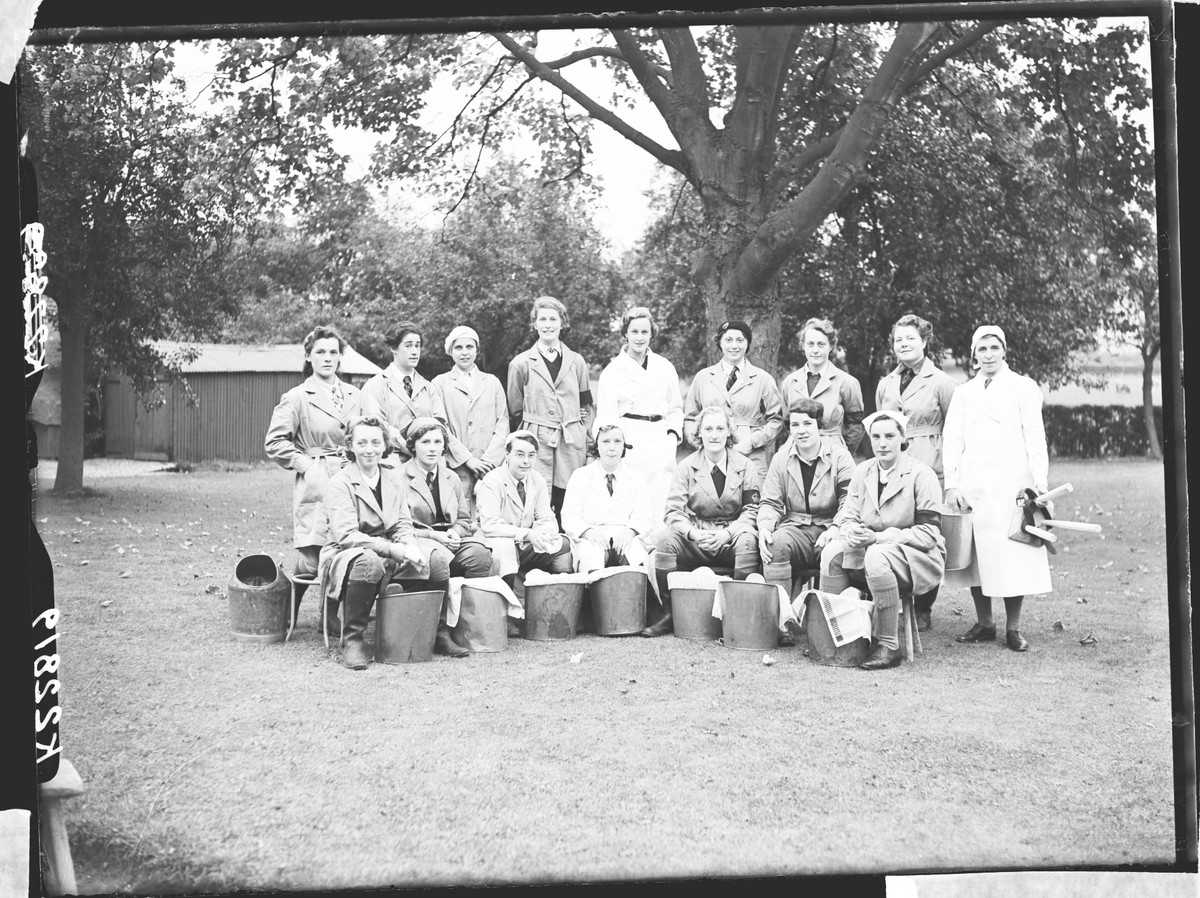
Meanwhile, people across England were encouraged to ‘Dig for Victory’, using every available plot of land to grow vegetables and fruit that could be added to daily food allowances. Parks, front gardens, and even the land outside the Tower of London was converted into veggie patches.
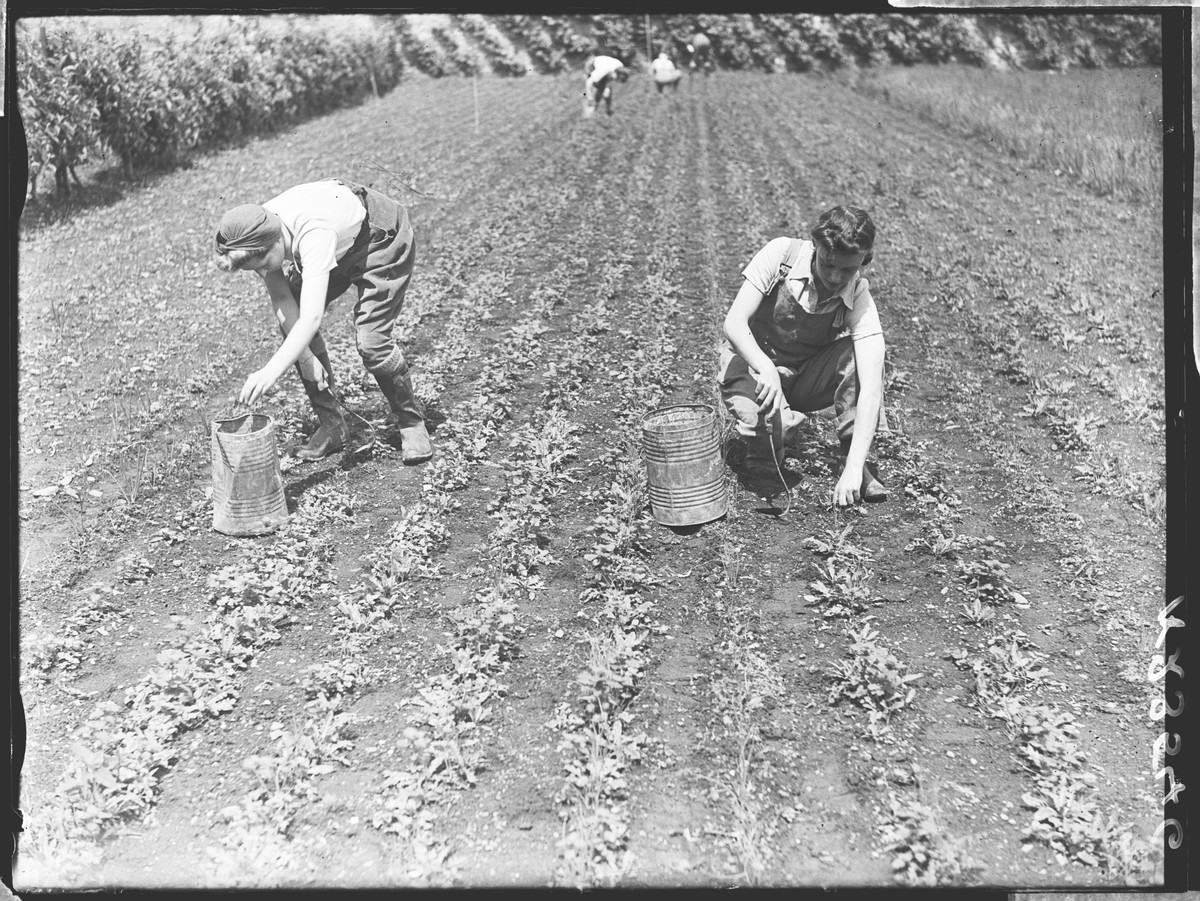
Rationing highlighted a divide between countryside and urban people. Those with more land available to them could keep chickens and other small animals that would provide them with extra food on top of their allotted rations. Elsewhere, in towns and cities, those living in built-up environments had much less opportunity afforded to them.
On a personal note, my grandmother was born in Bethnal Green in 1932 and was only seven when the war broke out. She recalled that her family had little money and often could not afford their allotted rations, debunking the myth that rations ensured food for all. She was later evacuated to Stoke-on-Trent, with her siblings and mother, and she was often put to work on a farm. It was the first time she had ever seen a cow and she loved green open spaces, of a kind she had never experienced before. The farmer allowed her family extra eggs and milk where possible, which dramatically improved their diets, although still not to the level they would have wished for.
The end of rationing
Rationing remained in effect until the early 1950s. Meat was the last item to be derationed and rationing ended completely in 1954, nine years after the war ended. The UK was the last country involved in the war to stop rationing food.

One suggested reason for the continuation of rationing was a withdrawal of financial support from America, which meant Britain still could not afford to import the same amounts of food that it had done before the war.
Another reason is that many felt spare food would be better directed to people across Europe who were in dire need of help. Holland, Belgium, Germany, and Denmark had all been reduced to starvation during the war and millions of people had been displaced or lost their homes entirely. Whilst imports of meat, butter and cheese from New Zealand and Australia, and fresh dairy produce from Ireland, eased some of the burden on UK diets, it was felt that the people of Europe needed it more.
To mark De-Rationing Day, members of the London Housewives’ Association held a special ceremony in London’s Trafalgar Square. Minister of Fuel and Power, Geoffrey Lloyd, burned a large replica of a ration book at an open meeting in his constituency.
Interested in learning more about the evacuee and related archives held at The MERL? Find out more about our Evacuee Archive or our Women’s Land Army Collection. Alternatively, learn about how we create educational experiences around our collections for school and college groups to enjoy.
Endnotes
1. https://www.bbc.co.uk/history/ww2peopleswar/stories/83/a4754883.shtml

Fascinating history and intriguing photos. I love that many pigs ‘fell down holes’ around people’s birthdays, and also the collective spirit of sharing as a means of getting through a terrible time. But is is disheartening to read that dramatic income inequality still persisted, even under rationing. Thank you for this post.
I was nearly eleven when we declared war on Germany on Sunday 3 September 1939. I remember the radio broadcast at 11 am that day whilst father and I were delivering milk on his milk round. He was a ‘producer retailer’ who had eighteen cows all hand milked twice daily and two horses one of which pulled the milk float. One of my ‘jobs’ was to collect and sort the milk coupons which were collected on Saturdays along with the money for the previous week. If I remember correctly, the milk ration was two pints weekly for adults, one pint daily for babies and half a pint daily for older children. The ‘skimmed milk’ mentioned was unknown – legally milk had to be as it came with a good cream line which was guaranteed with Dairy Shorthorn cows.
Some years ago while working in Malawi I occasionally stayed in the former home of Sir Martin Roseveare the mathematician who devised the fraud and foolproof ration book system.
After the war, he moved to Nyasaland/Malawi and wrote an autobiography Joys, Jobs and Jaunts.